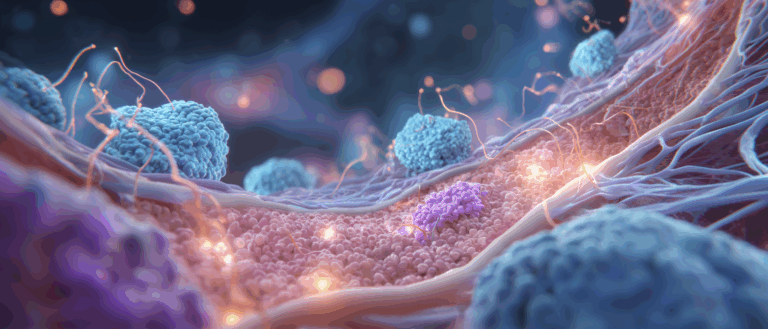Authors: Olga Tornavaca, Eduard Sarró, Gloria Pascual, Beatriz Bardaji, M. Angeles Montero, M. Teresa Salcedo, Maria Plana, Joan López-Hellin, Emilio Itarte, Anna Meseguer
DOI: 10.1371/journal.pone.0025746
Abstract Summary
Researchers discovered a novel mechanism behind cyclosporine A kidney toxicity: the drug triggers degradation of KAP, a protective kidney protein, through calpain activation and CK2-mediated phosphorylation. Mice with elevated KAP levels showed increased resistance to tubular injury, while blocking CK2 reduced toxicity. These findings could lead to new strategies preventing kidney damage in transplant patients.
Why Brain? 🧠
Study reveals cyclosporine A kidney damage occurs through calpain-mediated degradation of protective KAP protein, enhanced by CK2 phosphorylation. Blocking this pathway may prevent tubular injury while preserving immunosuppression.
The image is AI-generated for illustrative purposes only. Courtesy of Midjourney.




